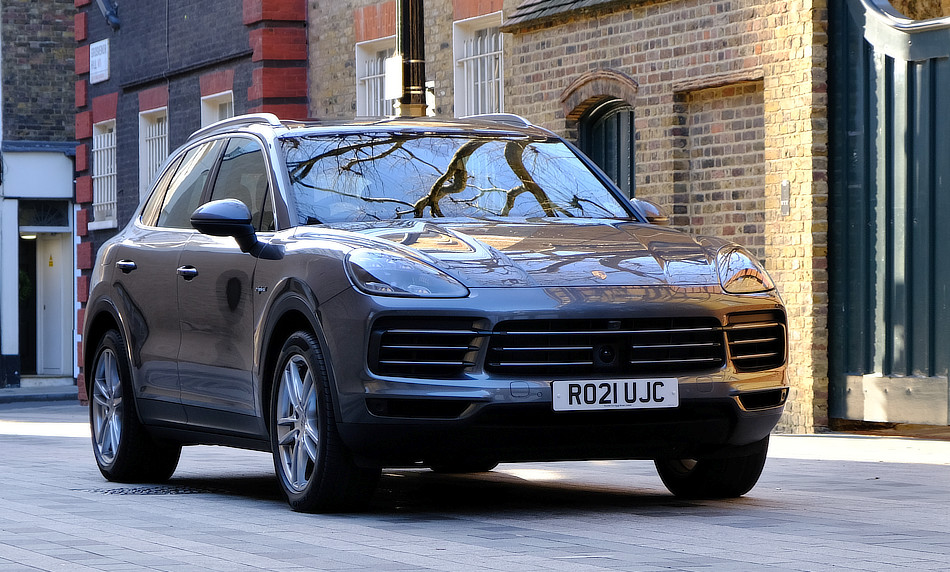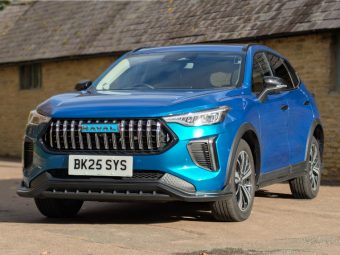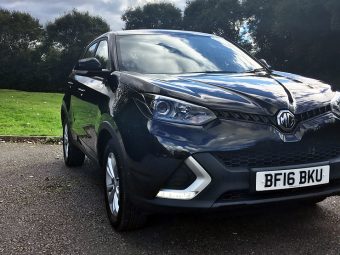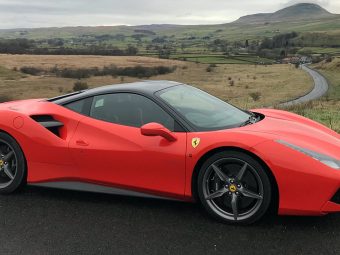If you’re a Porsche purist who sees the Cayenne SUV as an anathema or a betrayal of Porsche’s brand heritage, we’re with you—or at least we thought we were. But in truth, both you and I are mistaken. Back in the 1950s, Porsche ventured into the tractor manufacturing business for various socio-economic reasons. History lesson over.
Fast forward to the 2022 Porsche Cayenne. We’ll skip over the first and second-generation models and jump straight to our first-ever Cayenne review. Personally, I wasn’t a fan of the earlier generations in terms of aesthetics. However, the third generation is, without a doubt, the most refined and sophisticated-looking Cayenne yet—a crucial factor for someone as vain as I am.
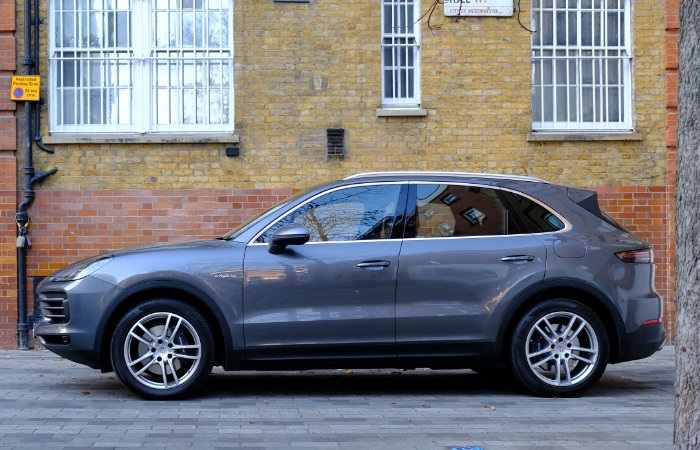
When the Cayenne first debuted in 2002, many believed Porsche had completely lost its way. Yet today, it consistently holds the title of Porsche’s best-selling model—year after year. Meanwhile, the iconic 911, which still defines the company’s heritage, ranks a distant fourth in annual sales, even trailing behind the Taycan. But here at DCB, we’re not salespeople—we’re just humble car reviewers.
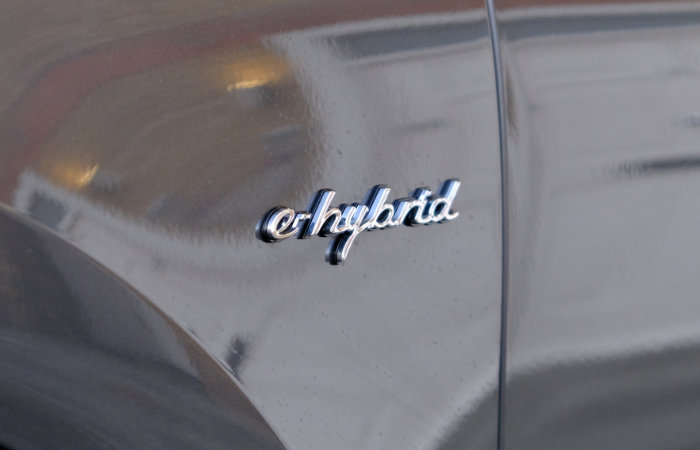
Prices for the entry-level Porsche Cayenne start at a relatively reasonable £63,000 and climb to over £131,000 for the high-performance variants, with a total of nine models across the SUV lineup. The engine range includes a 3.0-liter, 340-hp turbocharged V6, offered in various power configurations depending on the model specification. Additionally, a V8 twin-turbo engine is available, exclusively reserved for the high-performance models.
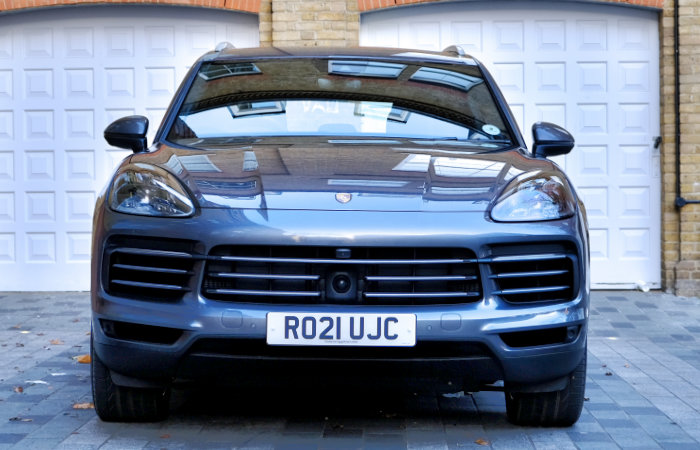
The interior is exceptional, offering a first-class experience. While the seats may not match the comfort level of a Range Rover, they are more than adequate for long journeys. The build quality is outstanding, with premium materials that deliver a true sense of luxury. The interior design is modern, clean, and futuristic, featuring an array of touch controls.
The large infotainment system is complemented by a generously sized, graphically configurable digital driver’s display, though the central dial remains analog—a nod to tradition. The infotainment system is visually appealing, user-friendly, highly responsive, and packed with features. Standard connectivity options include Apple CarPlay and Android Auto, ensuring seamless integration for all your devices.
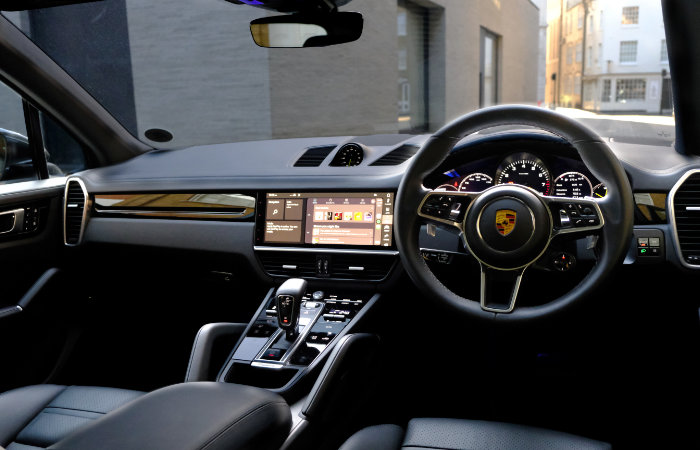
Whether a car’s interior features physical buttons or not doesn’t particularly bother me. Personally, I prefer touch control surfaces as they lend a futuristic yet contemporary aesthetic. That said, a few knurled metal dials and knobs have been thoughtfully retained for a tactile experience.
When it comes to passenger comfort, the Cayenne excels, offering ample space in the front and rear. The boot is more than accommodating, whether the seats are upright or folded flat. The Cayenne is a sizeable SUV, and its spacious interior reflects that.
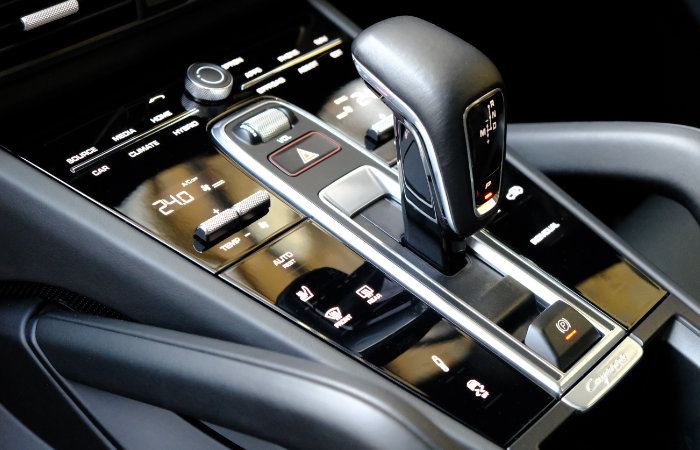
The Porsche Cayenne Plug-in e-Hybrid is equipped with a 340hp V6 twin-turbo engine paired with a 100kW (136hp) electric motor integrated into the gearbox. Together, they deliver a combined system output of 462hp and 700Nm of torque.
The 17.9kWh battery pack, neatly positioned beneath the boot where the spare wheel is usually housed, provides a claimed pure electric driving range of 35 miles. Despite its hybrid nature, the Cayenne has a dry weight of 2,370kg—only slightly heavier than the fully electric Taycan.
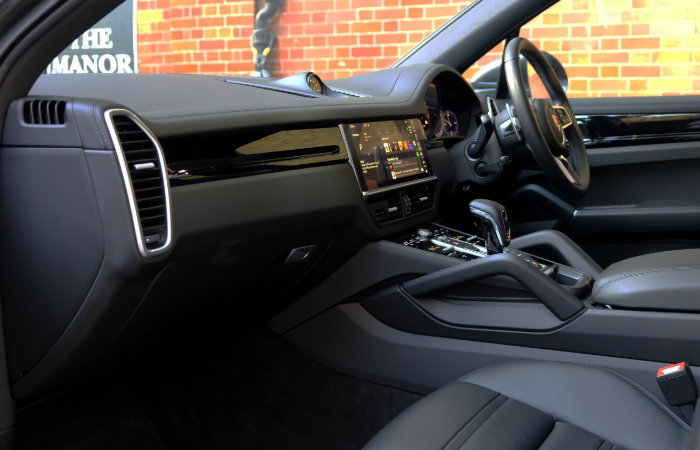
When driving the Cayenne, the first thing you’ll notice is the hefty steering feel—it’s as though the power steering is absent, despite being electric. While you eventually acclimate to this sensation, I would prefer a lighter steering feel for an SUV of this size.
At low speeds, the rear-axle steering becomes noticeable. Initially, it feels as though the rear end is rotating or drifting into oversteer. Of course, that isn’t the case, and once you adapt to the sensation, you’ll appreciate the significantly improved low-speed manoeuvrability it offers.
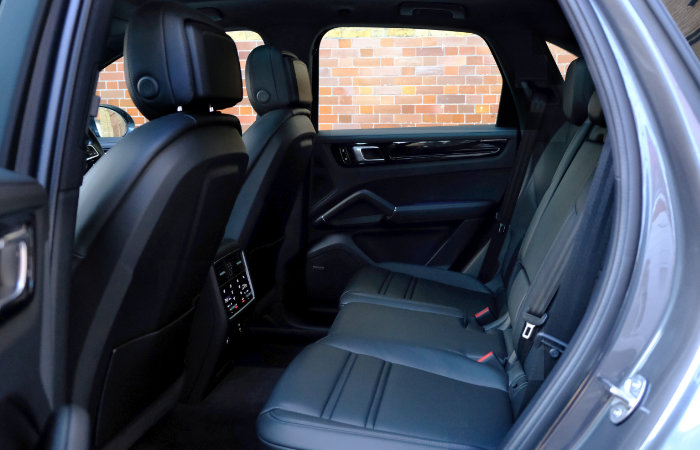
The Cayenne is equipped with various driving modes, including Normal, SPORT, SPORT+, Individual, WET, and AWD. As a plug-in hybrid, it also offers additional modes: e-Power (full electric) and Hybrid Auto, which are fairly self-explanatory. There are off-road modes as well, though I must admit I didn’t use them during my time with the Cayenne.
For most of my driving, I preferred leaving it in Hybrid Auto mode, allowing the onboard computer to manage the settings seamlessly so I didn’t have to.

When driving in town or on a country B-road, I often switched to SPORT mode to take advantage of the quicker downshifts. However, the Porsche Cayenne e-Hybrid isn’t a true sports SUV. The combination of the electric motor and 8-speed transmission can sometimes feel slightly disconnected, particularly from a standing start or during a kick-down.
For instance, when you floor the throttle, there’s a noticeable one-second delay before the power surges in. To adapt, I adjusted my approach, applying the throttle more smoothly. This not only mitigated the kickback but also proved to be a quicker and more efficient way to access the Cayenne’s impressive power reserves.
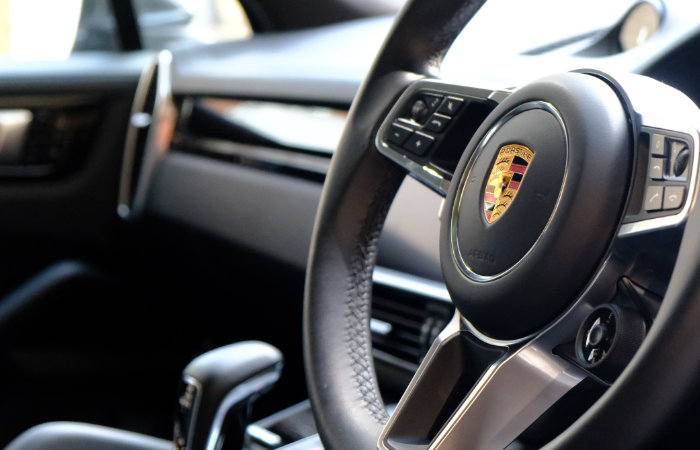
The advantage of a plug-in hybrid is the electrical power reserve, which Porsche claims provides a 35-mile range. However, depending on your driving style and the terrain, this typically translates to around 22–25 miles, or even less if you’re overly enthusiastic with the throttle. In pure electric mode, acceleration outperforms the V6 engine thanks to the instant torque delivery.
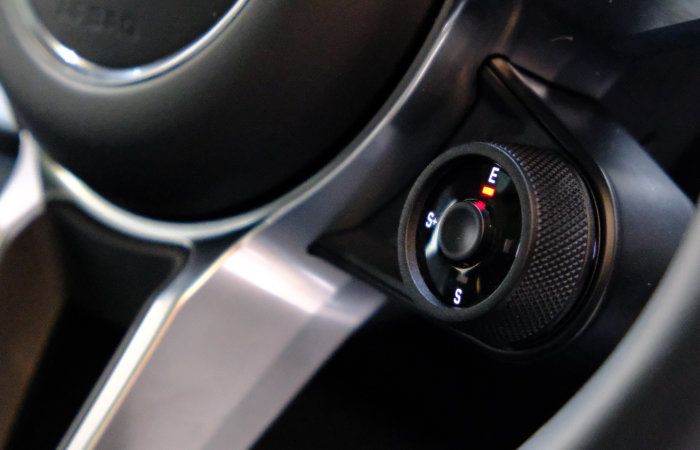
The brake regeneration system allows you to build up a reserve of electric power when crawling through traffic. The system seamlessly switches between combustion engine power and pure electric drive. Once the electric range is depleted, you can instruct the computer to use the engine as a generator, either while stationary or on the move. This consumes a bit more fuel, but after about an hour of driving (roughly 60 miles), I was able to regenerate 15 miles of electric range.
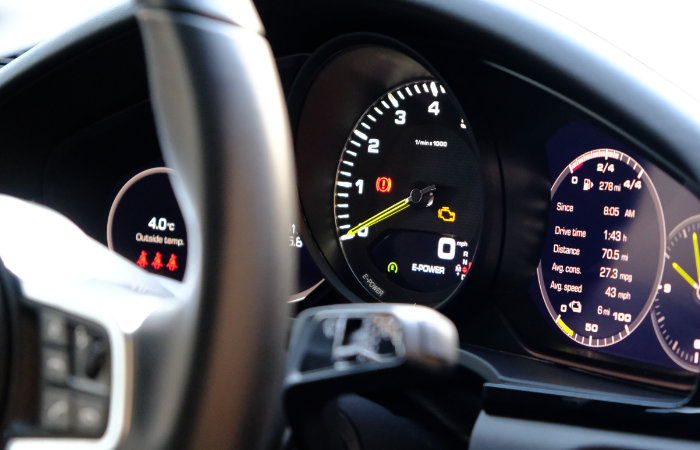
Another option is to plug the Cayenne into a charger, which takes about 4 hours. Charging speeds reach up to 3.6kW, but for an additional £500, you can upgrade to 7.2kW, reducing recharge time by 50%. A fully charged Cayenne will deliver a healthy hybrid range of 42 mpg. However, if you’re too impatient to use a charger and rely solely on brake regeneration and the onboard charger, expect the range to drop to around 27 mpg.
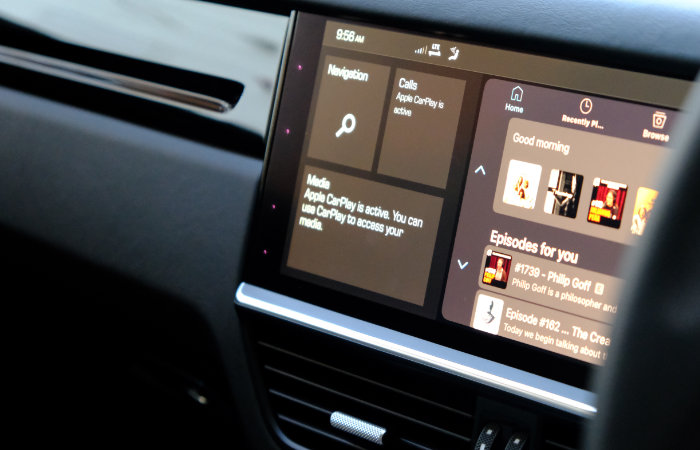
What impressed me most was the Porsche Active Suspension Management (PASM). It made a significant difference to both the ride and handling. With PASM off, the Cayenne feels composed enough, but when you brake, you’ll feel the vehicle rock forward and gently back due to weight transfer. Switch PASM on, and the Cayenne suddenly feels like a sports coupe, all while maintaining a compliant and comfortable ride. The gentle brake-lurching is eliminated. Achieving this balance with a passive system is challenging, but it’s even more difficult with an active, computer-controlled suspension.
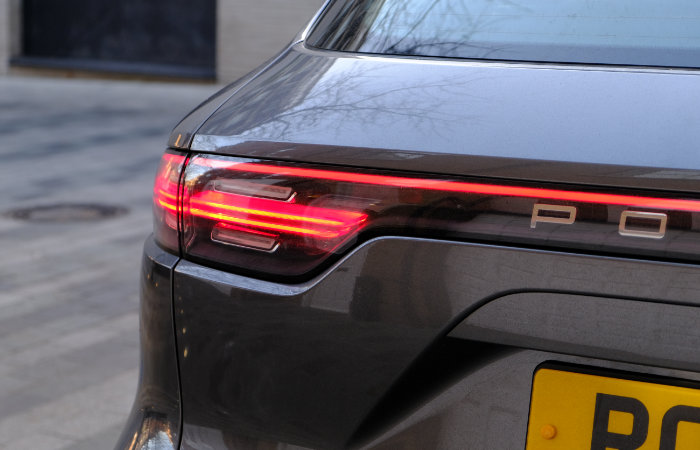
For me, PASM is the most impressive aspect of the Cayenne; I would choose it over any other piece of equipment—though the heated seats might come first. Nevertheless, the standard equipment is comprehensive, offering a full suite of modern driver safety aids and features. This test vehicle was equipped with over £18K worth of options, including the Adaptive Air Suspension with a levelling system and height adjustment. Porsche Active Suspension Management (PASM) is available as a £1,550 option.
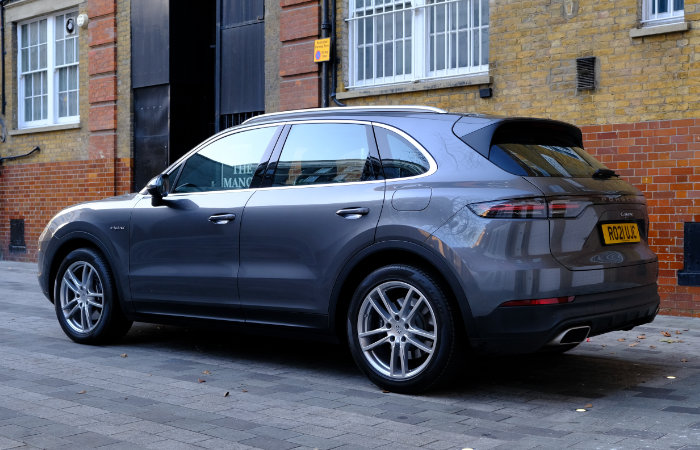
As much as I admired the Porsche Cayenne e-Hybrid, the question remains: do plug-in hybrids from any brand really make sense compared to self-charging hybrids? If the electric range were better, it would be more logical, but at that point, you’d essentially have a cyborg hybrid vehicle. In that case, you might as well go full Android—meaning fully electric. The challenge all hybrids face is convergence. The gap between electric car range and combustion car range will continue to narrow, sooner rather than later. So, at what point do you make the switch?
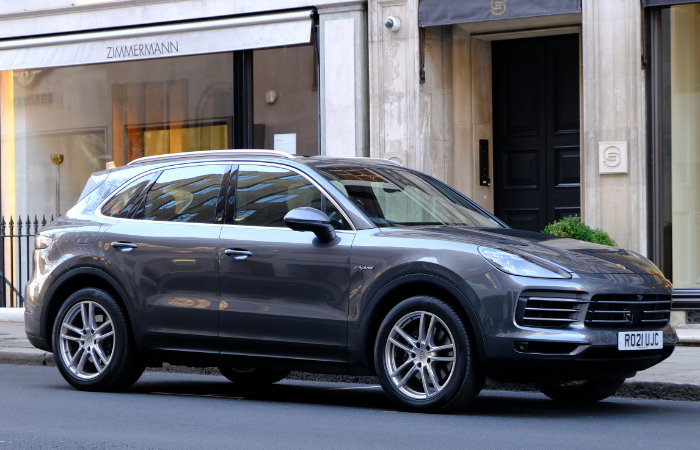
Nevertheless, I really liked the Porsche Cayenne e-Hybrid. The underlying engineering is fascinating and expertly executed by Porsche. However, the Cayenne e-Hybrid wouldn’t be my personal choice; I would opt for a standard Cayenne. That being said, you can’t go wrong with either version of the Cayenne.
